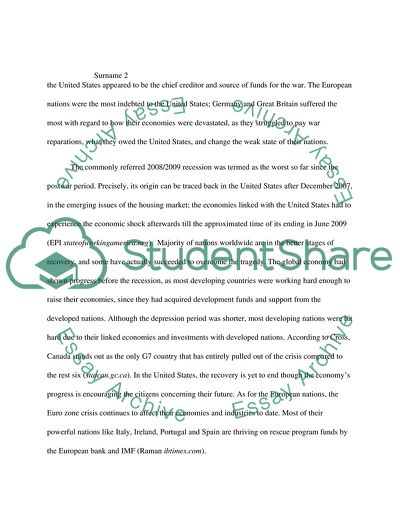Cite this document
(Compare great depression with the last recession of 2008-2009 Term Paper - 1, n.d.)
Compare great depression with the last recession of 2008-2009 Term Paper - 1. https://studentshare.org/macro-microeconomics/1789892-compare-great-depression-with-the-last-recession-of-2008-2009
Compare great depression with the last recession of 2008-2009 Term Paper - 1. https://studentshare.org/macro-microeconomics/1789892-compare-great-depression-with-the-last-recession-of-2008-2009
(Compare Great Depression With the Last Recession of 2008-2009 Term Paper - 1)
Compare Great Depression With the Last Recession of 2008-2009 Term Paper - 1. https://studentshare.org/macro-microeconomics/1789892-compare-great-depression-with-the-last-recession-of-2008-2009.
Compare Great Depression With the Last Recession of 2008-2009 Term Paper - 1. https://studentshare.org/macro-microeconomics/1789892-compare-great-depression-with-the-last-recession-of-2008-2009.
“Compare Great Depression With the Last Recession of 2008-2009 Term Paper - 1”. https://studentshare.org/macro-microeconomics/1789892-compare-great-depression-with-the-last-recession-of-2008-2009.


